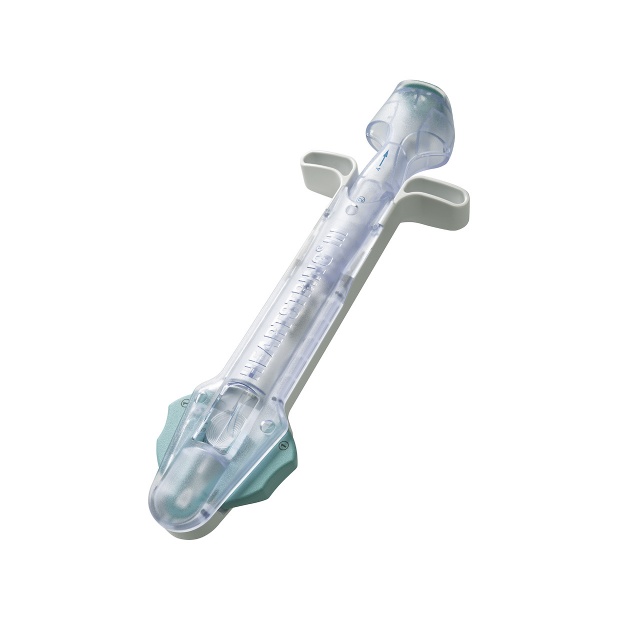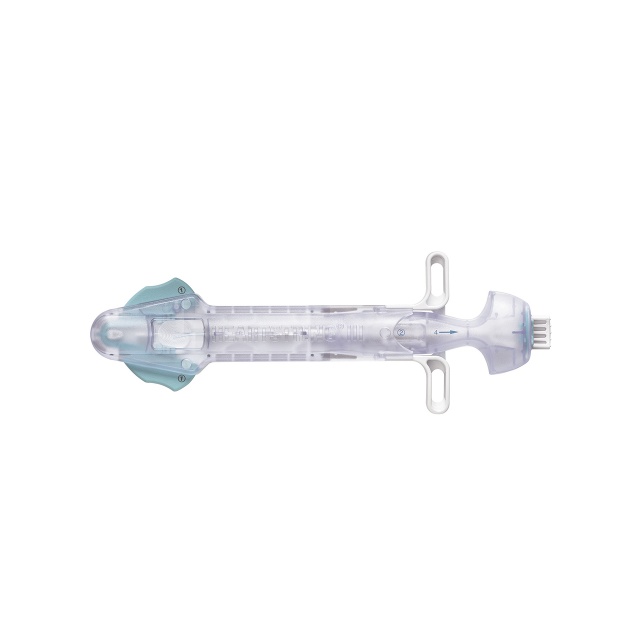- Overview
- Components
- Education & Training
Heartstring III Proximal Seal System
When it comes to a stroke, leave nothing to chance
The Heartstring III proximal anastomotic seal technology allows for clampless hemostasis during proximal anastomosis when performing CABG procedures. It allows hand suturing without using either the cross clamp or the side-biting clamp.
Heartstring III Proximal Seal System
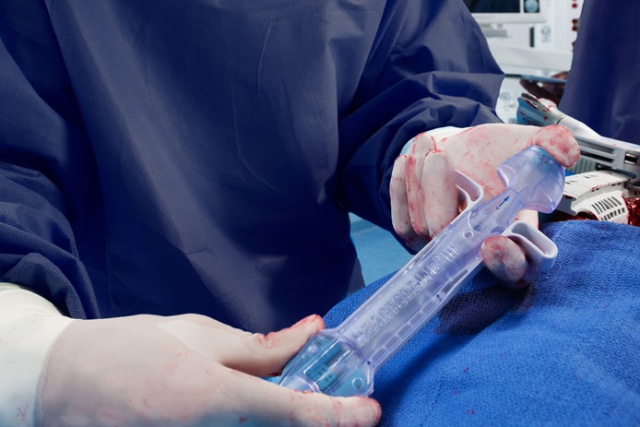
Beating Heart Surgery
Off-pump coronary artery bypass (OPCAB) uses local stabilization of the heart that allows the surgeon to operate while the heart still beats. In contrast, conventional bypass surgery stops the heart and puts the patient on a heart-lung machine during the bypass procedure.
Heartstring III Proximal Seal System consists of 3 components
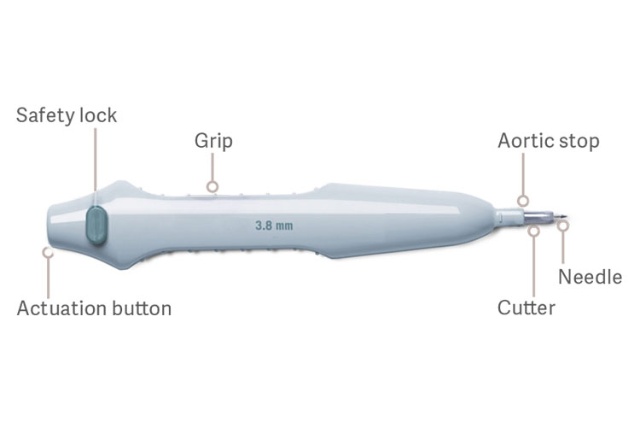
Aortic Cutter
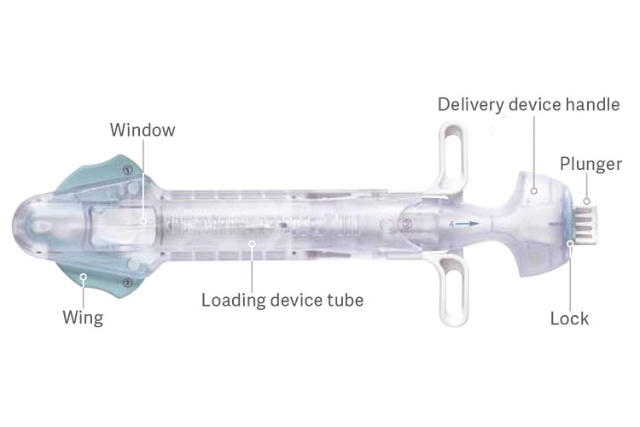
Loader and Delivery Device
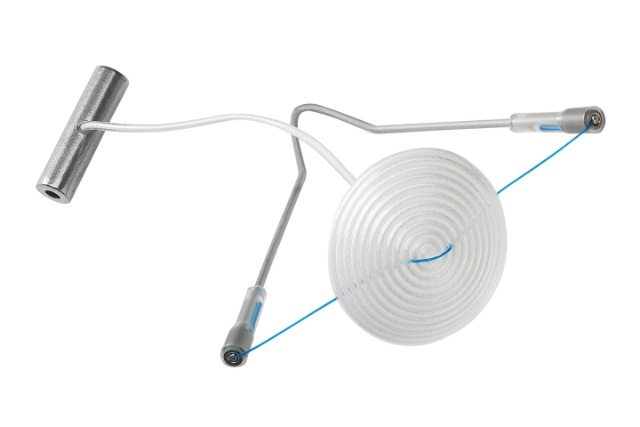
Seal
Improve your knowledge with our eLearning and training courses
At Getinge Educational Institute, we have dedicated material for topics related to Intensive Care, Cardiovascular Procedures, Operating Room and Sterile Processing. We can support you with information about current technologies and best practices to boost your performance and productivity.
For more information about our onsite events or remote trainings, you can also contact your local sales & service representative.
